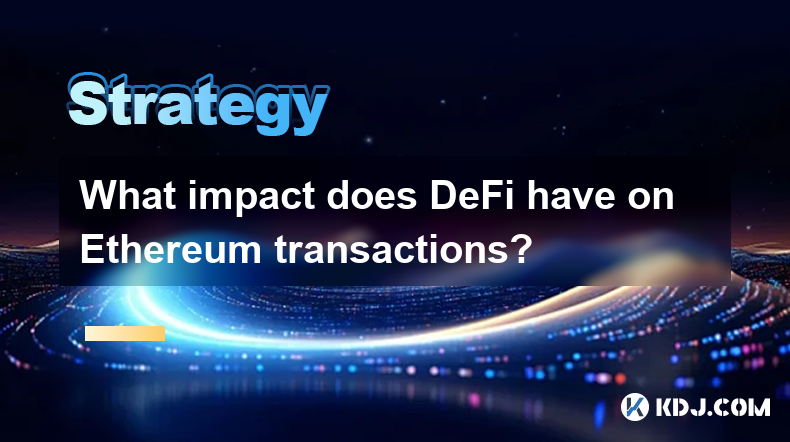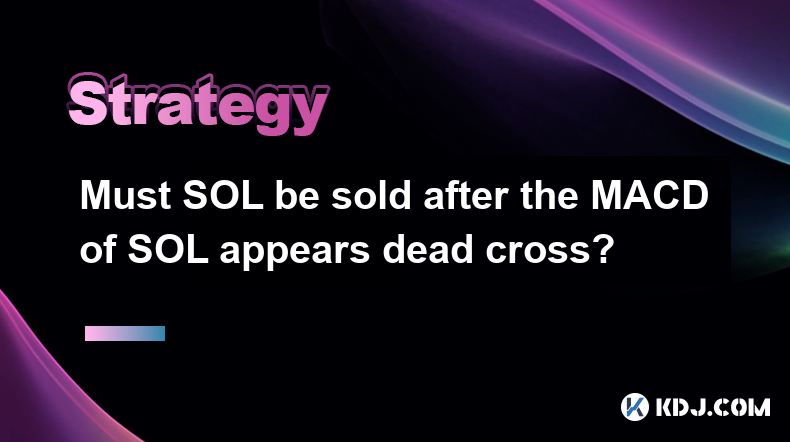-
 Bitcoin
Bitcoin $88,339.1961
0.91% -
 Ethereum
Ethereum $1,623.6446
-1.44% -
 Tether USDt
Tether USDt $1.0000
0.00% -
 XRP
XRP $2.0967
-1.79% -
 BNB
BNB $605.9401
0.19% -
 Solana
Solana $139.2951
-0.86% -
 USDC
USDC $0.9999
0.00% -
 Dogecoin
Dogecoin $0.1638
0.91% -
 TRON
TRON $0.2483
1.38% -
 Cardano
Cardano $0.6385
-1.29% -
 Chainlink
Chainlink $13.3308
-1.87% -
 Avalanche
Avalanche $20.1673
-2.64% -
 UNUS SED LEO
UNUS SED LEO $9.0629
-4.15% -
 Stellar
Stellar $0.2460
-5.31% -
 Sui
Sui $2.3030
1.33% -
 Shiba Inu
Shiba Inu $0.0...01249
-1.52% -
 Toncoin
Toncoin $2.9244
-3.95% -
 Hedera
Hedera $0.1729
-0.43% -
 Bitcoin Cash
Bitcoin Cash $346.6981
1.20% -
 Hyperliquid
Hyperliquid $18.1539
-1.20% -
 Litecoin
Litecoin $79.7883
-1.84% -
 Polkadot
Polkadot $3.7535
-5.04% -
 Dai
Dai $0.9999
-0.01% -
 Bitget Token
Bitget Token $4.4438
-1.20% -
 Ethena USDe
Ethena USDe $0.9992
0.00% -
 Pi
Pi $0.6312
-1.10% -
 Monero
Monero $217.0320
0.33% -
 Pepe
Pepe $0.0...08106
3.02% -
 Uniswap
Uniswap $5.3710
-1.84% -
 OKB
OKB $50.9721
-0.22%
What impact does DeFi have on Ethereum transactions?
DeFi's exponential growth on Ethereum has significantly increased smart contract computations, challenging the platform's scalability and exacerbating network congestion.
Feb 25, 2025 at 03:31 pm

Key Points
- DeFi's impact on Ethereum's block space utilization
- DeFi's challenges to Ethereum's scalability
- Solutions to mitigate DeFi's impact on Ethereum
- Long-term implications of DeFi for Ethereum
DeFi's Impact on Ethereum's Block Space Utilization
- DeFi applications are deployed on Ethereum as smart contracts
- Smart contracts require computation and storage resources, increasing gas fees and block space utilization
- Ethereum's block space is limited, resulting in congestion and slow transaction processing times
DeFi's Challenges to Ethereum's Scalability
- DeFi's growth leads to an increase in the number of smart contract executions
- Each smart contract execution requires a certain amount of gas and computational resources
- Ethereum's scalability limitations hinder its ability to accommodate the growing demand for DeFi applications
Solutions to Mitigate DeFi's Impact on Ethereum
- Layer-2 Scaling Solutions: These solutions process transactions off-chain, reducing the load on the Ethereum mainnet. Examples include Optimistic Rollups, ZK-Rollups, and Plasma.
- Enhanced Transaction Compression: Optimizing transaction data to reduce the amount of block space required.
- Alternative Consensus Mechanisms: Exploring alternative consensus mechanisms, such as Proof-of-Stake, to increase Ethereum's transaction throughput.
- Sharding: Dividing the Ethereum network into multiple shards to increase its capacity and parallelize transaction processing.
Long-Term Implications of DeFi for Ethereum
- DeFi's growth highlights Ethereum's potential as a platform for decentralized applications
- Continued DeFi development could lead to increased demand for Ethereum's services
- Ethereum's scalability limitations may become a barrier to DeFi's future growth
- The Ethereum ecosystem is actively exploring solutions to overcome these challenges and support the growth of DeFi
FAQs
Q: How has DeFi affected Ethereum's gas fees?
- DeFi applications have led to increased smart contract activity, pushing up gas fees and transaction costs.
Q: What are Layer-2 scaling solutions for Ethereum?
- Layer-2 solutions, such as Optimistic Rollups and ZK-Rollups, process transactions off-chain, reducing the load on the Ethereum mainnet and lowering gas fees.
Q: How will Ethereum improve its scalability in the future?
- Ethereum is exploring sharding and Proof-of-Stake to increase its transaction throughput and capacity.
Disclaimer:info@kdj.com
The information provided is not trading advice. kdj.com does not assume any responsibility for any investments made based on the information provided in this article. Cryptocurrencies are highly volatile and it is highly recommended that you invest with caution after thorough research!
If you believe that the content used on this website infringes your copyright, please contact us immediately (info@kdj.com) and we will delete it promptly.
- AVAX Price Prediction 2025: Will Avalanche Reach New Heights?
- 2025-04-22 17:50:12
- XRP Price Prediction Shows Bullish Momentum After Coinbase Lists Its Futures Contracts
- 2025-04-22 17:50:12
- Bitcoin is surging again, capturing the spotlight in the crypto world.
- 2025-04-22 17:45:12
- Pi Network (PI) Holds Above $0.63: $5 Price Prediction and Whale Accumulation Fuel Optimism
- 2025-04-22 17:45:12
- One of the cryptocurrencies that ranked in the eleventh place, Chainlink, has been in the spotlight as it is traded at $13.12
- 2025-04-22 17:40:12
- Pi Network's Token Structure Promises a Fair Launch
- 2025-04-22 17:40:12
Related knowledge

What does it mean that long-term SOL holders start to sell?
Apr 22,2025 at 05:22pm
The phenomenon of long-term SOL holders starting to sell their positions can have significant implications for the Solana ecosystem and its native cryptocurrency, SOL. This article delves into the reasons behind this trend, its potential effects on the market, and what it could mean for investors and the broader cryptocurrency community. Understanding L...

How many times does XRP's Willy indicator enter the oversold zone to confirm the bottom?
Apr 22,2025 at 05:14pm
The Willy indicator, a popular tool among cryptocurrency traders, is used to identify potential market bottoms and tops by analyzing the divergence between price and volume. When it comes to XRP, understanding how many times the Willy indicator enters the oversold zone to confirm the bottom is crucial for making informed trading decisions. In this artic...

Is it necessary to sell when SOL's RSI index exceeds 70?
Apr 22,2025 at 05:56pm
When discussing the trading of cryptocurrencies like Solana (SOL), understanding technical indicators such as the Relative Strength Index (RSI) is crucial for making informed decisions. The RSI is a momentum oscillator that measures the speed and change of price movements. An RSI value above 70 is typically considered an indication that an asset might b...

How to track and analyze the changes in LINK's whale addresses?
Apr 22,2025 at 05:00pm
To track and analyze the changes in LINK's whale addresses, one must understand the tools and methods available for monitoring large holders of Chainlink (LINK). This process involves identifying whale addresses, tracking their transactions, and analyzing their impact on the market. Here's a detailed guide on how to achieve this. Understanding Whale Add...

What does the increase in LTC's USDT premium rate mean?
Apr 22,2025 at 04:49pm
The increase in LTC's USDT premium rate is a significant indicator within the cryptocurrency market, particularly for Litecoin (LTC) and its trading dynamics. This phenomenon occurs when the price of Litecoin in USDT (Tether) on a specific exchange exceeds its price in USD on other platforms or in the broader market. Understanding the implications of th...

Must SOL be sold after the MACD of SOL appears dead cross?
Apr 22,2025 at 05:50pm
The MACD (Moving Average Convergence Divergence) indicator is a popular tool used by traders to gauge momentum and potential trend reversals in the cryptocurrency market, including Solana (SOL). A dead cross, also known as a bearish crossover, occurs when the MACD line crosses below the signal line, suggesting a potential bearish trend. However, whether...

What does it mean that long-term SOL holders start to sell?
Apr 22,2025 at 05:22pm
The phenomenon of long-term SOL holders starting to sell their positions can have significant implications for the Solana ecosystem and its native cryptocurrency, SOL. This article delves into the reasons behind this trend, its potential effects on the market, and what it could mean for investors and the broader cryptocurrency community. Understanding L...

How many times does XRP's Willy indicator enter the oversold zone to confirm the bottom?
Apr 22,2025 at 05:14pm
The Willy indicator, a popular tool among cryptocurrency traders, is used to identify potential market bottoms and tops by analyzing the divergence between price and volume. When it comes to XRP, understanding how many times the Willy indicator enters the oversold zone to confirm the bottom is crucial for making informed trading decisions. In this artic...

Is it necessary to sell when SOL's RSI index exceeds 70?
Apr 22,2025 at 05:56pm
When discussing the trading of cryptocurrencies like Solana (SOL), understanding technical indicators such as the Relative Strength Index (RSI) is crucial for making informed decisions. The RSI is a momentum oscillator that measures the speed and change of price movements. An RSI value above 70 is typically considered an indication that an asset might b...

How to track and analyze the changes in LINK's whale addresses?
Apr 22,2025 at 05:00pm
To track and analyze the changes in LINK's whale addresses, one must understand the tools and methods available for monitoring large holders of Chainlink (LINK). This process involves identifying whale addresses, tracking their transactions, and analyzing their impact on the market. Here's a detailed guide on how to achieve this. Understanding Whale Add...

What does the increase in LTC's USDT premium rate mean?
Apr 22,2025 at 04:49pm
The increase in LTC's USDT premium rate is a significant indicator within the cryptocurrency market, particularly for Litecoin (LTC) and its trading dynamics. This phenomenon occurs when the price of Litecoin in USDT (Tether) on a specific exchange exceeds its price in USD on other platforms or in the broader market. Understanding the implications of th...

Must SOL be sold after the MACD of SOL appears dead cross?
Apr 22,2025 at 05:50pm
The MACD (Moving Average Convergence Divergence) indicator is a popular tool used by traders to gauge momentum and potential trend reversals in the cryptocurrency market, including Solana (SOL). A dead cross, also known as a bearish crossover, occurs when the MACD line crosses below the signal line, suggesting a potential bearish trend. However, whether...
See all articles























































































